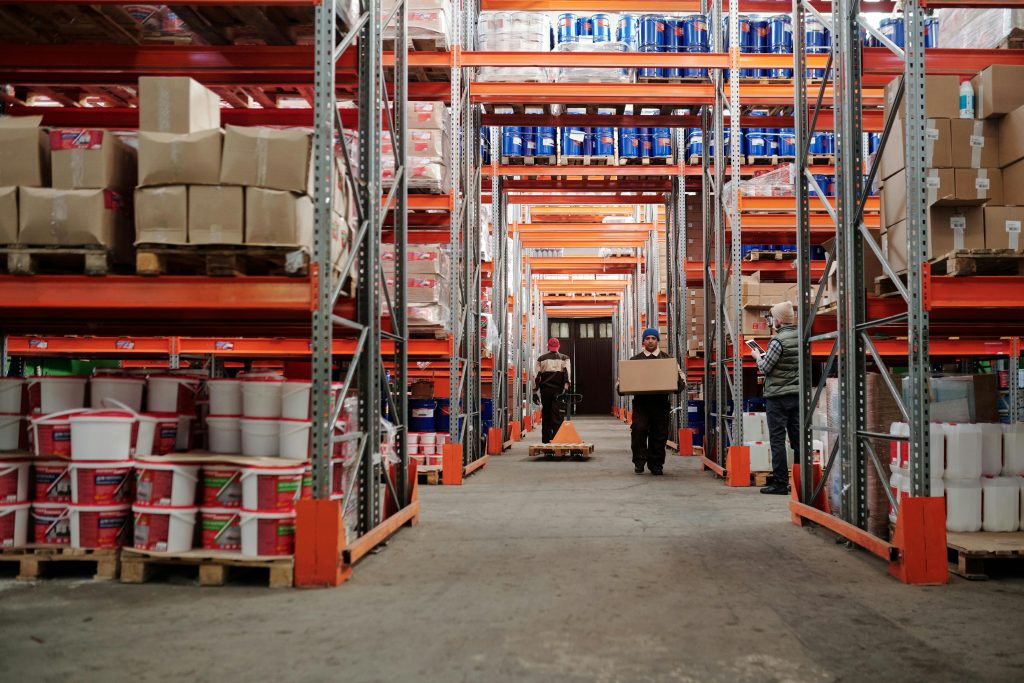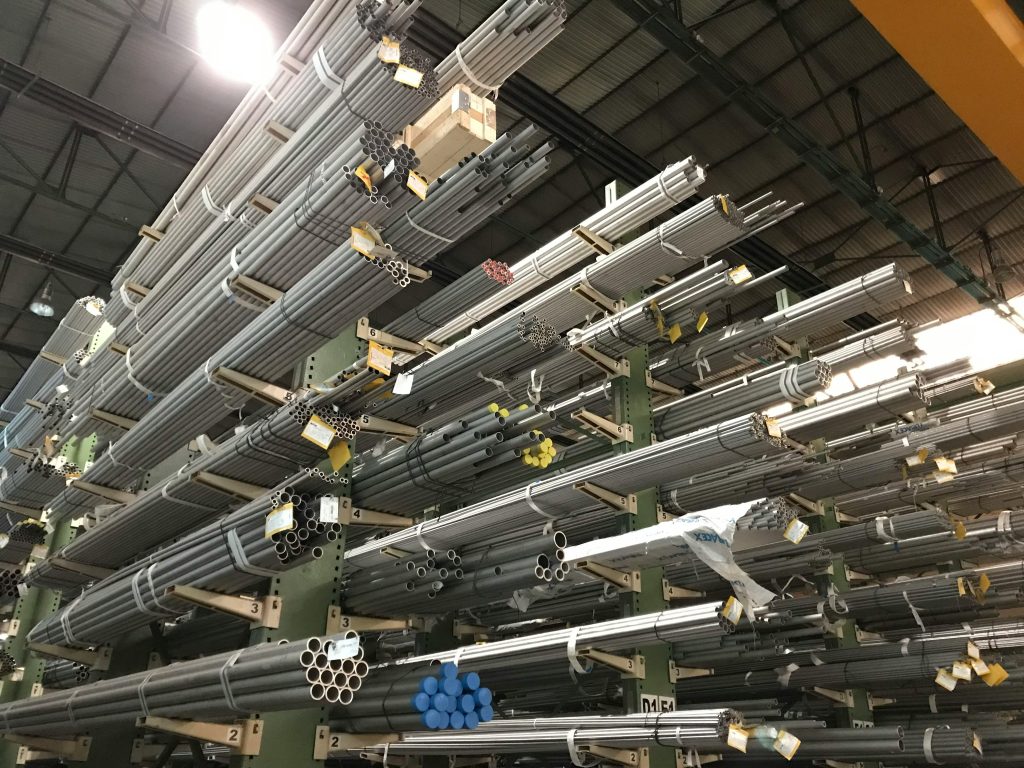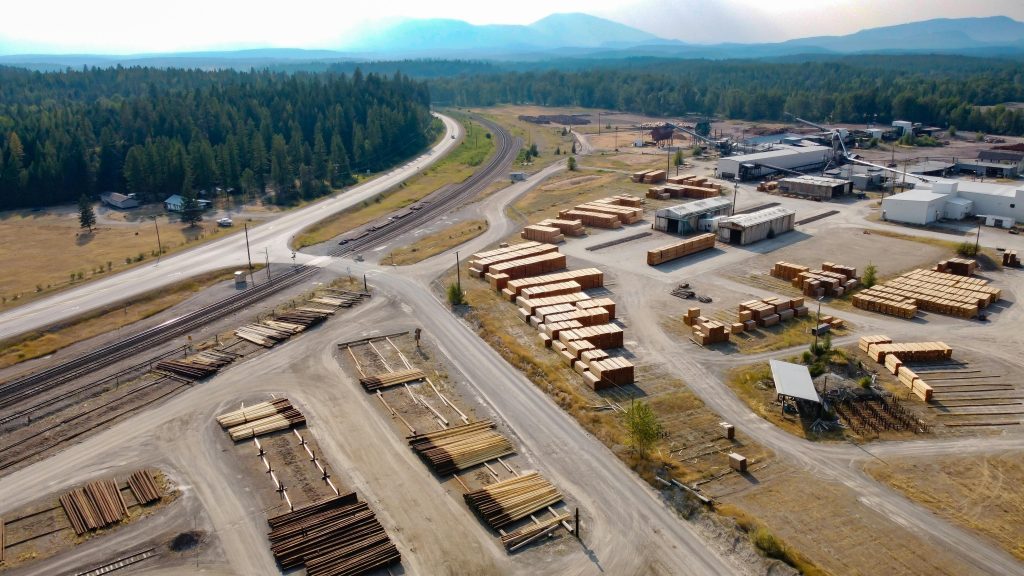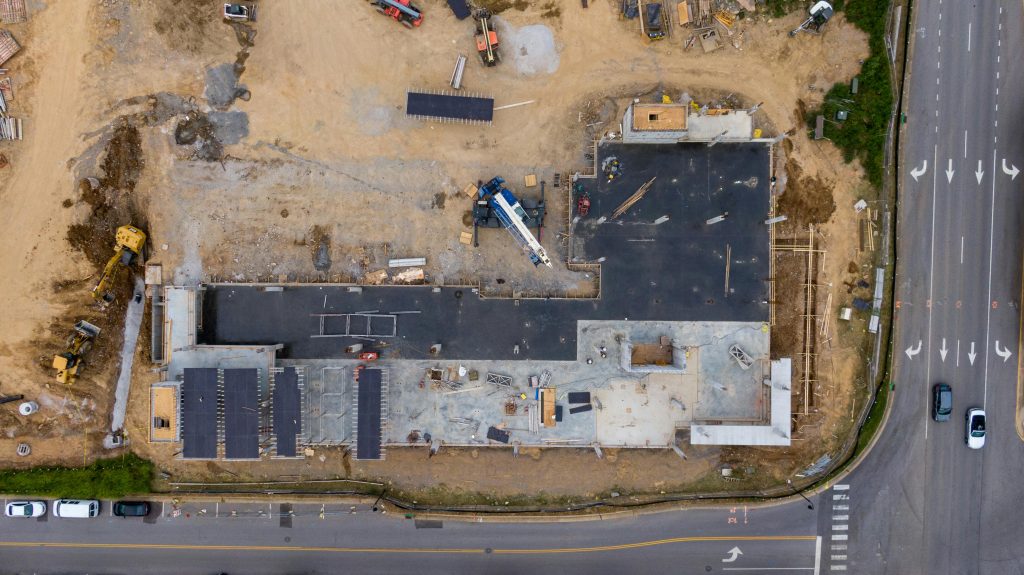Maximizing Efficiency: The Ultimate Guide to Warehouse Space Optimization

Understanding Warehouse Space Optimization
Warehouse space optimization is the practice of utilizing available storage area in the most efficient manner possible. It goes beyond simply fitting more items into a given space; it involves strategic planning to improve operational efficiency, reduce costs, and enhance overall productivity.
The importance of space optimization in warehouses cannot be overstated:
- Cost Reduction: Efficient use of space can lower rental or property costs.
- Improved Productivity: Well-organized spaces lead to faster picking and packing times.
- Enhanced Inventory Management: Optimized space allows for better stock visibility and control.
- Scalability: Effective space utilization can accommodate business growth without the need for physical expansion.
- Safety: Proper organization reduces the risk of accidents and improves working conditions.
Key Strategies for Warehouse Space Optimization
1. Vertical Space Utilization
One of the most effective ways to optimize warehouse space is by maximizing vertical storage:
- Install high-rise racking systems
- Use mezzanine floors for additional storage or office space
- Implement vertical lift modules or carousels for small parts storage
- Consider narrow aisle racking to increase storage density
2. Optimal Racking and Shelving Systems
Choose racking systems that best suit your inventory and operations:
- Pallet racking for bulk storage
- Cantilever racking for long or irregularly shaped items
- Push-back racking for high-density storage of similar items
- Dynamic racking for first-in-first-out (FIFO) inventory management
3. Aisle Configuration
Proper aisle design can significantly impact space utilization and operational efficiency:
- Implement narrow or very narrow aisle configurations where appropriate
- Use mobile racking systems for high-density storage with fewer aisles
- Design aisle widths based on the material handling equipment used
4. Zoning and Product Placement
Strategic product placement can optimize picking efficiency and space utilization:
- Use ABC analysis to determine product placement (fast-moving items in easily accessible locations)
- Implement zone picking for improved efficiency
- Group complementary products together to streamline order fulfillment
5. Implementing Cross-Docking
Cross-docking can significantly reduce the need for storage space:
- Set up dedicated cross-docking areas for items that don’t require long-term storage
- Use advanced WMS to coordinate incoming and outgoing shipments effectively
Technology in Warehouse Space Optimization
Leveraging technology is crucial for effective space optimization:
Warehouse Management Systems (WMS)
A robust WMS like Linbis can provide:
- Real-time inventory tracking and location management
- Optimized put-away and picking strategies
- Space utilization analytics and reporting
3D Modeling and Simulation Tools
These tools allow warehouses to:
- Visualize different layout options before implementation
- Simulate material flow and identify potential bottlenecks
- Optimize racking configurations for maximum space utilization
IoT and Sensors for Space Monitoring
Internet of Things (IoT) devices and sensors can:
- Monitor real-time space utilization
- Provide data for predictive space planning
- Identify underutilized areas for optimization

Optimizing Functionality Within the Warehouse
Space optimization goes hand in hand with functional optimization:
Streamlining Workflows
- Analyze and optimize material flow patterns
- Implement lean principles to eliminate waste in processes
- Use data from your WMS to identify and resolve bottlenecks
Ergonomic Considerations
- Design workstations for efficiency and employee comfort
- Use height-adjustable packing stations to accommodate different workers
- Implement lifting aids and other ergonomic equipment to improve productivity and safety
Flexibility and Adaptability in Warehouse Design
- Use modular racking systems that can be easily reconfigured
- Implement mobile workstations that can be moved as needed
- Design multi-purpose areas that can adapt to changing needs
Guidelines for Maintaining Optimized Warehouse Space
Maintaining an optimized warehouse space requires ongoing effort:
Regular Space Audits
- Conduct periodic audits to assess space utilization
- Identify areas of congestion or underutilization
- Review product placement and adjust as needed based on current data
Adapting to Seasonal Fluctuations
- Use flexible storage solutions to accommodate seasonal inventory changes
- Implement temporary storage solutions during peak periods
- Utilize off-site storage for long-term overflow inventory
Managing Inventory Levels Effectively
- Implement just-in-time (JIT) inventory management where possible
- Use demand forecasting to optimize stock levels
- Regularly review and remove obsolete or slow-moving inventory

Overcoming Common Space Optimization Challenges
Dealing with SKU Proliferation
- Implement effective inventory management strategies
- Use dynamic slotting to optimize storage locations based on current demand
- Consider outsourcing storage of slow-moving items
Balancing Automation and Human Workforce
- Evaluate the cost-benefit of automation in space optimization
- Implement collaborative robots (cobots) to work alongside human workers
- Use automation for repetitive tasks while leveraging human skills for complex operations
Managing Growth and Scalability
- Design warehouse layouts with future growth in mind
- Use scalable technology solutions that can grow with your business
- Regularly reassess space needs and optimization strategies as the business evolves

Linbis's Approach to Warehouse Space Optimization
Linbis offers comprehensive solutions to support warehouse space optimization:
- Advanced slotting algorithms to optimize product placement
- Real-time space utilization tracking and reporting
- Integration with various warehouse technologies for holistic optimization
- Customizable dashboards for monitoring key space utilization metrics
A mid-sized retailer implemented Linbis’s WMS and space optimization features, resulting in a 25% increase in storage capacity and a 15% improvement in order picking efficiency within the first year.
Measuring the Impact of Space Optimization
To gauge the success of your space optimization efforts, track key metrics such as:
- Storage density (items stored per square foot)
- Warehouse capacity utilization rate
- Order picking accuracy and speed
- Inventory turnover ratio
- Labor productivity
Linbis’s analytics tools can help you monitor these metrics and generate actionable insights for continuous improvement.
Conclusion
Warehouse space optimization is an ongoing process that requires a combination of strategic planning, technology implementation, and continuous improvement. By leveraging the strategies outlined in this guide and utilizing advanced tools like Linbis’s Warehouse Management System, businesses can significantly enhance their warehouse efficiency and productivity.
Remember that space optimization is not just about maximizing storage capacity; it’s about creating an environment that supports efficient operations, adapts to changing needs, and contributes to overall business success. As you embark on your space optimization journey, consider how Linbis can support your efforts and help you achieve new levels of warehouse efficiency.
Are you ready to transform your warehouse space into a model of efficiency and productivity? Explore how Linbis can guide you through the process and provide the tools you need to succeed in your space optimization efforts.
